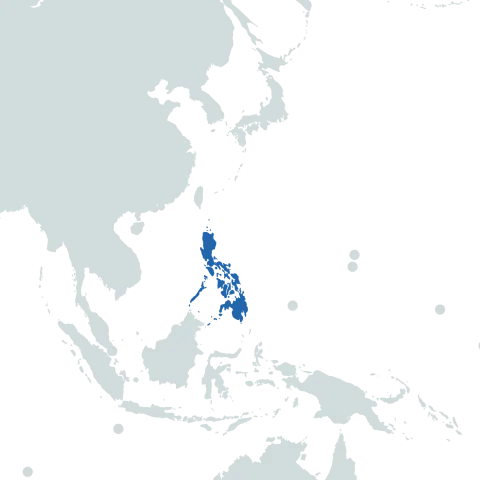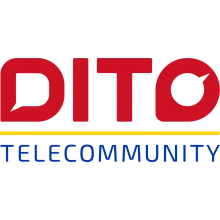The Philippines, an archipelago of over 7,600 islands in Southeast Asia, has a diverse geographic landscape impacting technology and telecommunications. Its population of around 114 million is unevenly distributed, with a high concentration in urban areas such as Manila and a sizable population in remote regions. These geographical and population distribution factors present unique challenges for infrastructure development. The telecommunications sector is still developing, with two main providers, PLDT and Globe, dominating the market. The country is also actively exploring sustainable solutions, with initiatives in renewable energy such as geothermal, hydroelectric, and solar power. The Philippines ranks second in the world for geothermal energy production. In terms of technology, the country is known as a major global player in the business process outsourcing (BPO) industry, although the broader technology sector is still in a growth phase. The government has launched the Digital Philippines initiative to promote digital literacy and innovation, indicating an ongoing commitment to technological development.

Mobile Network Operators
The are 3 companies operating mobile networks in this region.

Dito Telecommunity Corporation, previously known as Mindanao Islamic Telephone Company, Inc. or Mislatel, is a telecommunications company operating in the Philippines. Established on April 19, 1998, under Republic Act No. 8627, Mislatel was granted the franchise to construct and operate a telecommunication system throughout the country. The company was rebranded as Dito Telecommunity on July 8, 2019, following a successful bid to become the third major telecommunications provider in the Philippines.
The company is a consortium between Dito CME Holdings Corporation, a subsidiary of the Udenna...

